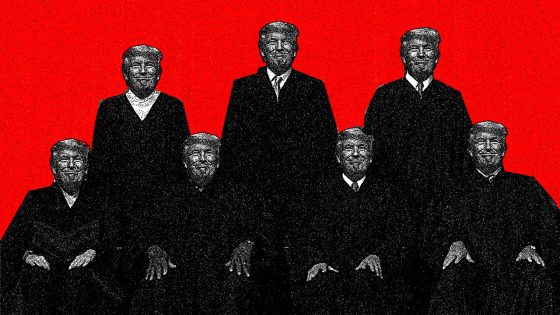The Supreme Court’s recent term, which ended on June 27th, saw a historic low in fully argued cases, marking just 55 decisions. This is the fewest since the Civil War, excluding the pandemic-affected term of 2020. Despite this decline, the justices have been exceptionally active, particularly in handling emergency applications.
- Supreme Court's lowest case total since Civil War
- Only 55 merits cases decided this term
- COVID-19 affected court's operations in 2020
- Trump's emergency docket usage increased activity
- 12 out of 15 emergency applications favored Trump
- Justices reviewing executive power assertions rapidly
Notably, President Donald Trump has leveraged the court’s emergency docket to challenge significant assertions of executive power. Out of 15 emergency applications resolved, 12 have favored Trump, showcasing a unique dynamic in the court’s operations. As we move forward, how will this influence future cases and the balance of power?
This trend raises questions about the court’s role and its responsiveness to urgent political matters. Are we witnessing a shift in judicial priorities? Consider the implications:
- Emergency applications are becoming a critical tool for political figures.
- The court’s limited full docket may impact its long-term influence.
- Trump’s success rate in these applications suggests a potential precedent.
As we look ahead, it’s essential to monitor how these developments will affect the judiciary’s role in American governance. Will the trend continue, or will the court recalibrate its approach?
































